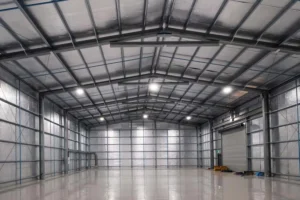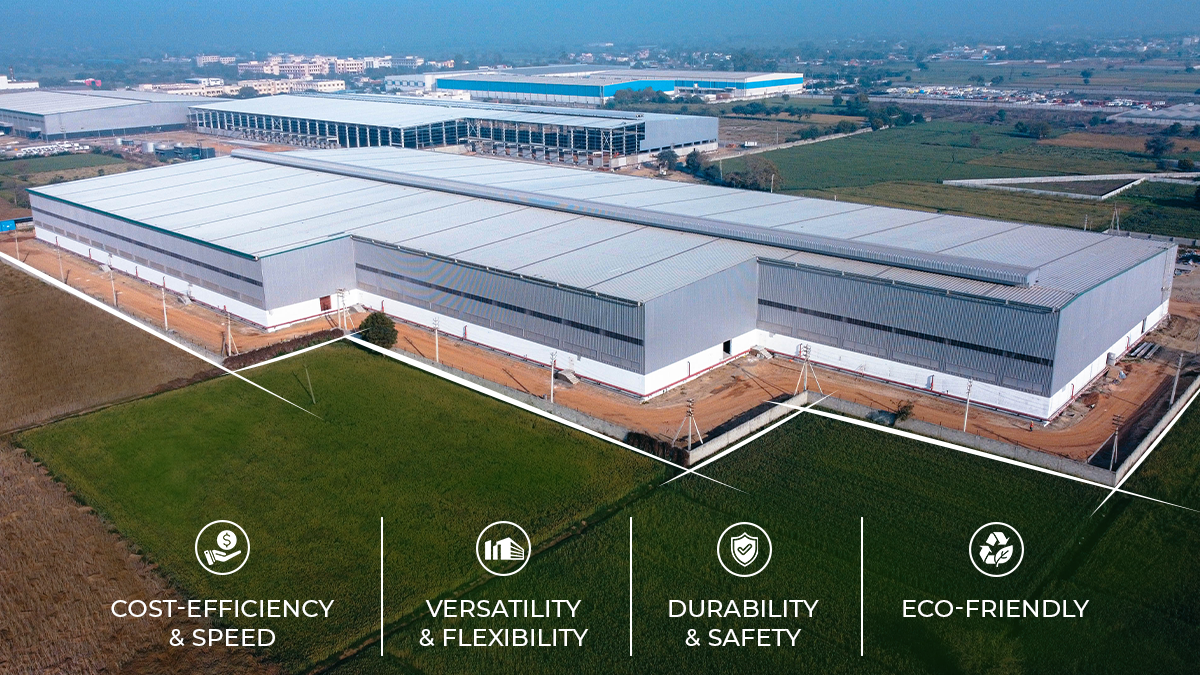
The Case for a Real Estate Rebound
[ad_1]

If real estate development is on the verge of a comeback, as we hope, it could not have chosen a better time. With all the worry around federal public works, trade wars and related matters, it’s easy to ignore what could go right with the U.S. economy. That would be a mistake if it leads to excessive caution. The historic post-pandemic reckoning over office building vacancies is still unfolding, with some city-center skyscraper properties changing hands for a fraction of their previous value. But these deals are a sign that buyers believe a turnaround is possible.
Real estate broker and consultant CBRE reported in May that its first-quarter real estate investment volume rose 14% over the same time last year, with private and institutional investors leading the way. Banks accounted for 31% of the quarter’s loan closings, with commercial mortgage-backed security investors and life insurers the next most active. Tourist-minded San Antonio is busy with new hotel and renovation projects and plans, apartment buildings are under construction in Denver and Class B shopping malls are being repurposed in the U.S. into mixed-use developments, reports Matthews Real Estate Investment Services.
Environmental permit delays and construction labor shortages remain a worry. But the biggest obstacle in getting such projects underway is finance. With construction loan rates in the 6% to 13.8% range, depending on the risk factors, and the federal funds rate currently at 4.25% to 4.5%, the numbers for many projects still don’t “pencil out.”
That’s why we can appreciate someone like Mark Reichter, a principal of real estate finance broker-consultant Gantry. In a recent online commentary, he notes life insurers’ key role in making apartment projects a reality. The insurers and Fannie Mae and Freddie Mac continue to be top sources for permanent multifamily apartment building loans, he says. “Banks may be a little better on rate, but most continue to require recourse, performance covenants and depositor relationships that make their loans far less appealing,” Reichter wrote. Life insurers and Fannie and Freddie “almost exclusively offer non-recourse programs tied to asset value with little to no performance terms beyond timely payment,” he adds.
In the current volatile rate climate, a life insurer’s willingness to lock rates at application and hold it for up to 180 days can be invaluable, say Reichter. “If a rate works now, lock it, move forward,” he advises. To be sure, there’s always a reason for caution when many are proclaiming that the “corner has been turned” or “the bottom is near.” Interest rates and borrowing costs have halted quite a lot of projects.
But New York developer Vista Property Group recently ended what Crain’s Chicago Business called “a nearly 18-month drought” of the city’s major downtown project starts after landing $173 million in financing for a 31-story apartment tower in the Fulton Market district.
Every local real estate market has its own logic, but more projects like that one will contribute to the inevitable national turnaround.
[ad_2]
Source link
Post a Comment
You must be logged in to post a comment.






